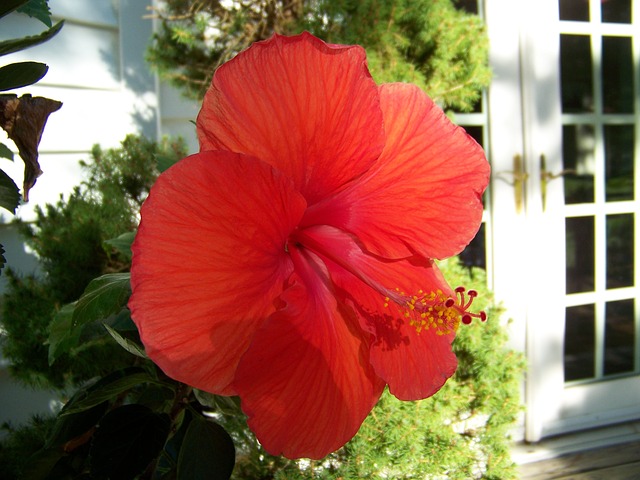With beautiful sandy beaches and the magnificent sunny weather, there is no doubt that the Aloha State is a popular vacation destination. However, tourism in Hawaii has changed over the past couple of years. Previously, many people would stay in resorts or hotels during their trip, but nowadays low mortgage interest rates and the rising cost of resorts are forcing tourists to choose vacation rentals over resorts. So, if you’re looking for investment while purchasing a beautiful place to stay during your trips, a vacation home may be a good option for you.

However, owning a rental home in Hawaii may be a little different from what you may be used to on the mainland. Check out these tips on what you need to know before you make your purchase.
Fee Simple or Leasehold Property
Most of the property on the mainland are purchased as fee simple estates. This means that the buyer is given the title of the property and the land that it sits on. You, therefore, have the right to use, dispose of, sell, trade, or give away the land as you wish. However, in Hawaii, particularly on the Big Island, a lot of the land is owned by Hawaii’s state government or the federal US government. The government leases out the land and establishes a leasehold arrangement for owners to live on the land. Therefore, the buyer does not actually have rights to the land, and instead is simply borrowing it for a certain amount of time. If the land is being transferred to a new owner, their use of the land is limited to the remaining years provided from the original lease. Therefore, if you see cheap property during your housing hunt, it might be the result of a quickly expiring lease agreement. At the end of the period, the owner must return the land and building to the government.
Consider Lava Zones
Something that you definitely won’t be used to if you’re coming from the mainland is lava zones. These zones are based off of location and frequency of historic eruptions in the area. There are even some active zones such as in the Killauea area around Puna, and Mauna Loa. When you’re doing your housing search, be sure to check out the lava zone information as this could affect pricing and your decision to purchase.
Elevation is a Purchasing Factor
There are many different elevation levels across the island, which can impact the cost of maintaining your home. Air conditioning is costly in the Aloha State, so many homes don’t have any AC systems installed. Houses that are 700-1500 feet above sea level also tend to be more expensive because the temperature can be a degree cooler for every 200 feet you are from the ocean. However, this can help you save on air conditioning costs. Therefore, you need to consider these factors when choosing your home.
Getting Your Finances in Order
Once you’ve decided to purchase a vacation home, you have to get your finances in place. Determine whether you will want to finance through your own bank or through a bank on the island. In Hawaii, all funds must be received by escrow before any transaction is considered complete. Sometimes it takes up to five days for Hawaiian banks to receive transfers from mainland banks, so it is important that you consider your transaction time. You can talk to your bank, or reach out to a local Hawaiian bank, if you have any questions or concerns.
Owning your own vacation home is a great adventure. However, the journey to get to your adventure may be bumpy. Be sure that you do all of your research and consider all of your options before rushing to any purchasing decision.
